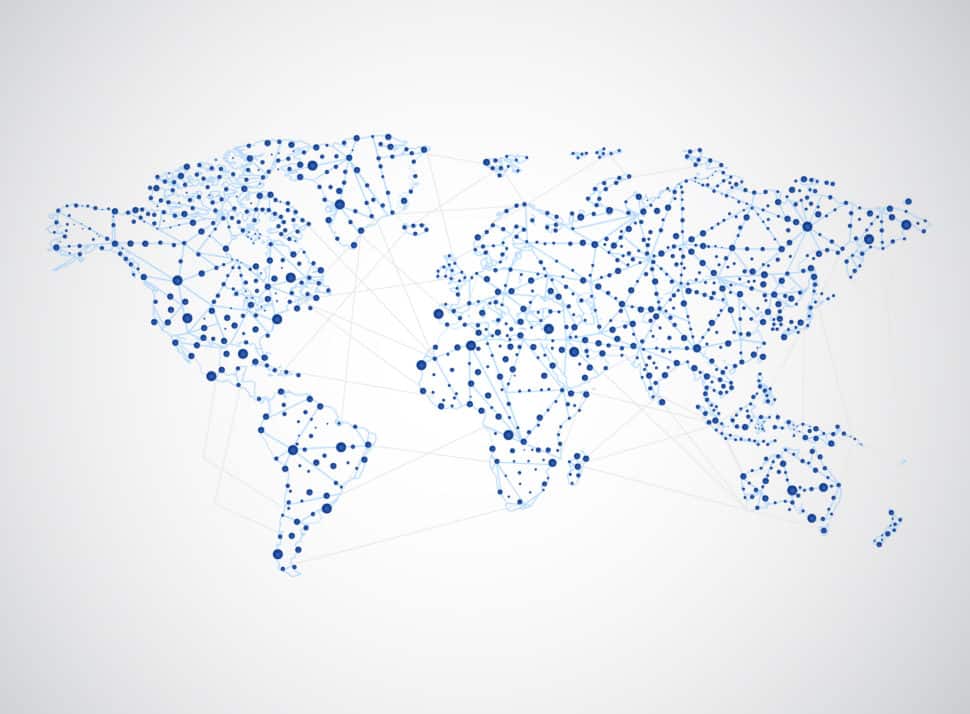The Australian agricultural sector has trending downward produce price pressures and upward farm input price pressures. What this highlights is the urgent need for productivity improvement, we believe that a key part of the answer to this need is ‘Collective Impact’.
It’s widely accepted that the key to productivity growth is innovation. Innovation for producers has typically been realised by improving crop yields through better farm input decisions, however it is now becoming clear that the next lift in productivity will come from technologies. What may be truly surprising to many however is that the lift in productivity, that technology enables, may have more to do with a coherent network of services than with robots. In particular, the simple and powerful idea of novel eco-system development.
A movement known as Collective Impact (introduced in 2011 by John Kania and Mark Kramer in the Stanford Social Innovation Review) has facilitated successful collaborations in the social sector with remarkable effect. Collective impact occurs when individual market participants engage with each other in a way that advances the agenda of the whole, rather than the agenda of the individual. Quite simply, when you have a framework that fosters and facilitates co-ordination (an eco-system) you can enable massive and positive change. Companies that turn their attention to collective impact not only drive social progress but also identify and capitalise on economic opportunities that their competitors miss – as they tap into the collective wisdom of the system they are engaging with.
So let me give you an example of what this looks like in the fresh produce space. Recently the HiveXchange partnered with a company to deliver a trading fabric to fishermen. Fishermen use their phone to capture images of their fish as they are coming into shore. They drop their photos into the trading platform and make offers to restaurants. The restaurant owners use Instagram and the information provided by the fishermen on the trading platform to advertise the catch and get clients to book. When the restaurant orders, another logistics platform is brought into play to arrange pickup and delivery. So in this ecosystem you have individual fishermen and restaurants, phone apps and Instagram, a produce trading platform and a logistics trading platform, all working coherently to bring fish out of the ocean onto consumers plates. The eco-system is not only sustainable it creates value for everyone in the supply chain. The clients that eat the fish are connected in a very visceral way to the fisherman and the fish – they have seen the catch and are there in the restaurant to experience it. The fishermen don’t compete with each other on price, they use a shared fabric to promote an experience, create value and generate demand.
This is really what the future of agriculture productivity growth looks like!
Eco-systems empower the supply chain to drive greater price value for commodity goods by creating an information rich experience around the good itself. Eco-systems drive more efficiency through the supply chain by connecting-up the supply with market actors who value, and bring additional value, to the source product. Importantly, a healthy eco-system also improves the efficiency of the supply chain itself, through shorter handoffs and less waste.
The journey to productivity improvements in the agricultural sector, through the creation of more agile and responsive eco-systems has only just begun. Collective impact is a real and new phenomenon that has only been realised recently with the technological advances and transformational capacity of modern phones and networks.



 by Antonio Palanca
by Antonio Palanca July 18, 2016
July 18, 2016 0.
0.